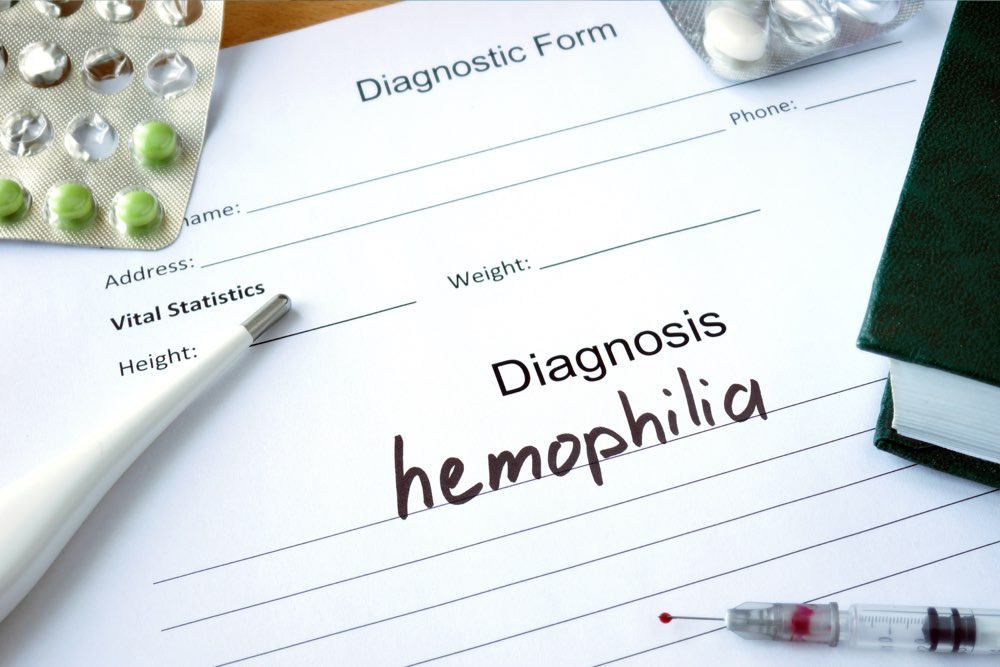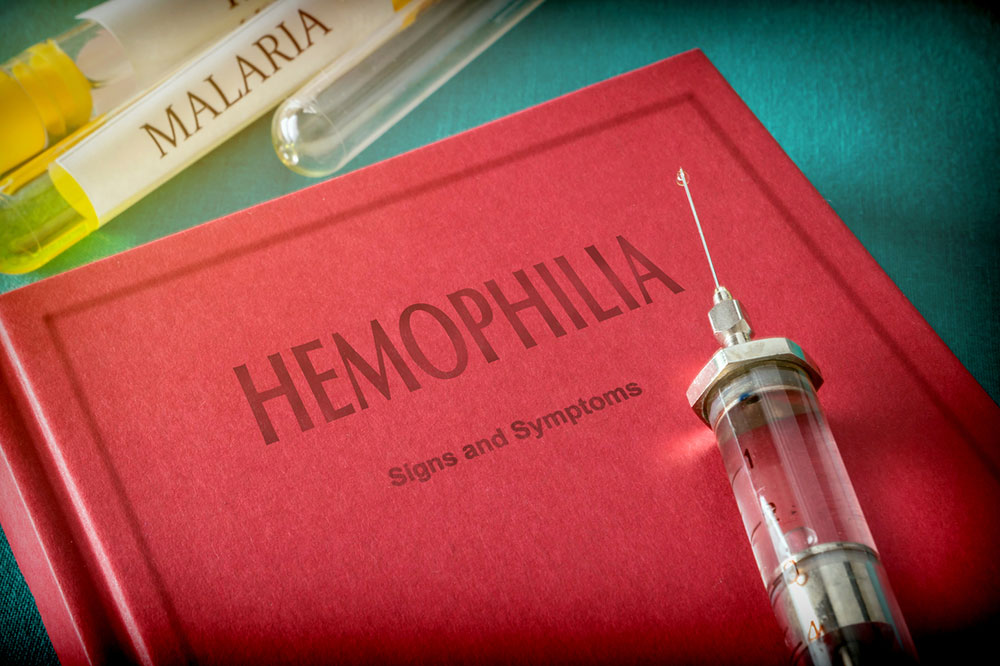Comprehensive Nutritional Strategies for Effective Hemophilia Management
This comprehensive guide explores essential dietary strategies for managing hemophilia effectively. It emphasizes the importance of consuming whole grains, calcium-rich foods, leafy greens, and iron sources. Proper nutrition supports blood clotting, strengthens bones, and improves overall health to reduce bleeding risks. Coupled with medical treatments, these dietary tips can significantly enhance quality of life for individuals living with hemophilia by minimizing complications and promoting faster recovery.

Comprehensive Nutritional Strategies for Effective Hemophilia Management
Hemophilia is a hereditary bleeding disorder predominantly diagnosed in children, though it can affect individuals at any age. It is characterized by the body's inability to produce adequate amounts of specific clotting factors, which are essential for blood to clot normally. As a result, individuals with hemophilia experience prolonged bleeding episodes that can sometimes be life-threatening if not properly managed. The disorder stems from a genetic deficiency of clotting factors VIII or IX, leading to impaired blood coagulation. In some cases, immune system complications can also contribute to hemophilia-like symptoms, but the predominant cause remains a genetic deficiency.
While medical treatments such as clotting factor replacement therapy, medications to control bleeding, and supportive therapies play crucial roles in managing hemophilia, dietary approaches are equally important in controlling symptoms and preventing complications. Proper nutrition can bolster the body's natural ability to maintain healthy blood vessels and promote optimal clotting function. This article explores comprehensive dietary strategies, emphasizing specific food groups and nutrients that can significantly benefit individuals living with hemophilia. By integrating these nutritional tips into daily life, patients can enhance their quality of life and reduce the risk of severe bleeding episodes.
Incorporating Whole Grains
Whole grains such as oats, brown rice, barley, and quinoa are rich sources of dietary fiber and essential nutrients. These foods help regulate blood sugar levels, preventing fluctuations that might compromise blood vessel integrity. Moreover, whole grains have been associated with cardiovascular health benefits, including reducing the risk of heart disease and stroke—common concerns for individuals with bleeding disorders like hemophilia. Their anti-inflammatory properties can contribute to lowering chronic systemic inflammation, a factor that may trigger internal bleeding or exacerbate bleeding tendencies. Including ample portions of whole grains in the diet supports overall vascular health and helps maintain steady energy levels, enabling those with hemophilia to perform daily activities with confidence.
Enhancing Bone Health with Calcium-Rich Foods
Maintaining strong, healthy bones is crucial for individuals with hemophilia to prevent fractures, internal bleeding, and joint damage. Calcium plays a vital role in bone mineralization and overall skeletal health. Dairy products such as milk, yogurt, and cheese are primary sources of calcium, providing easy and accessible ways to meet daily requirements. Alternatively, fatty fish like sardines, mackerel, and pilchards contain not only calcium but also vitamin D, which enhances calcium absorption and bone strength. Consuming sufficient calcium-rich foods can help mitigate the risk of osteopenia or osteoporosis, conditions that can worsen bleeding complications due to fragile bones. Adequate calcium intake combined with weight-bearing exercises strengthens bones and supports muscular stability, contributing to improved overall health and reduced bleeding risks.
Leafy Green Vegetables for Blood Clotting and Bone Support
Dark leafy greens such as kale, spinach, collard greens, cabbage, and beet greens are loaded with vital nutrients, particularly vitamin K. Vitamin K is essential for synthesizing clotting factors and thus directly supports blood coagulation, making it a key nutrient for managing hemophilia. These vegetables also contain calcium, magnesium, and other minerals critical for bone density and strength. Incorporating leafy greens into meals can enhance clotting capacity and reinforce skeletal health, providing a dual advantage for individuals with bleeding disorders. However, it is essential for patients to balance vitamin K intake according to their healthcare provider's advice, especially if they are on replacement therapy, to avoid interference with clotting factor treatments.
Boosting Iron Intake to Combat Anemia
Iron is a crucial mineral involved in the formation of hemoglobin and red blood cells, which are vital for oxygen transport throughout the body. For individuals with hemophilia, bleeding episodes can deplete iron stores rapidly, leading to anemia and fatigue. Ensuring adequate iron intake through foods such as dark chocolate, white beans, lentils, baked potatoes, spinach, and dried fruits can help replenish lost iron. Proper iron nutrition supports overall energy levels and enhances recovery after bleeding incidents. It is advisable to pair iron-rich foods with vitamin C sources like citrus fruits, bell peppers, or tomatoes to improve iron absorption. Regular monitoring of iron levels via blood tests helps tailor dietary plans to individual needs.
In summary, a strategic approach to nutrition can significantly influence the management of hemophilia. Emphasizing whole grains for cardiovascular health, calcium-rich foods for bone integrity, leafy greens for clotting support, and iron sources for blood replenishment creates a comprehensive dietary plan. Patients should work closely with healthcare providers and dietitians to customize their diet to meet specific health considerations, ensure nutrient balance, and optimize their quality of life. When combined with medical therapies, these nutritional strategies can empower individuals with hemophilia to lead healthier, fuller lives, minimizing the risks of severe bleeding and long-term complications.





